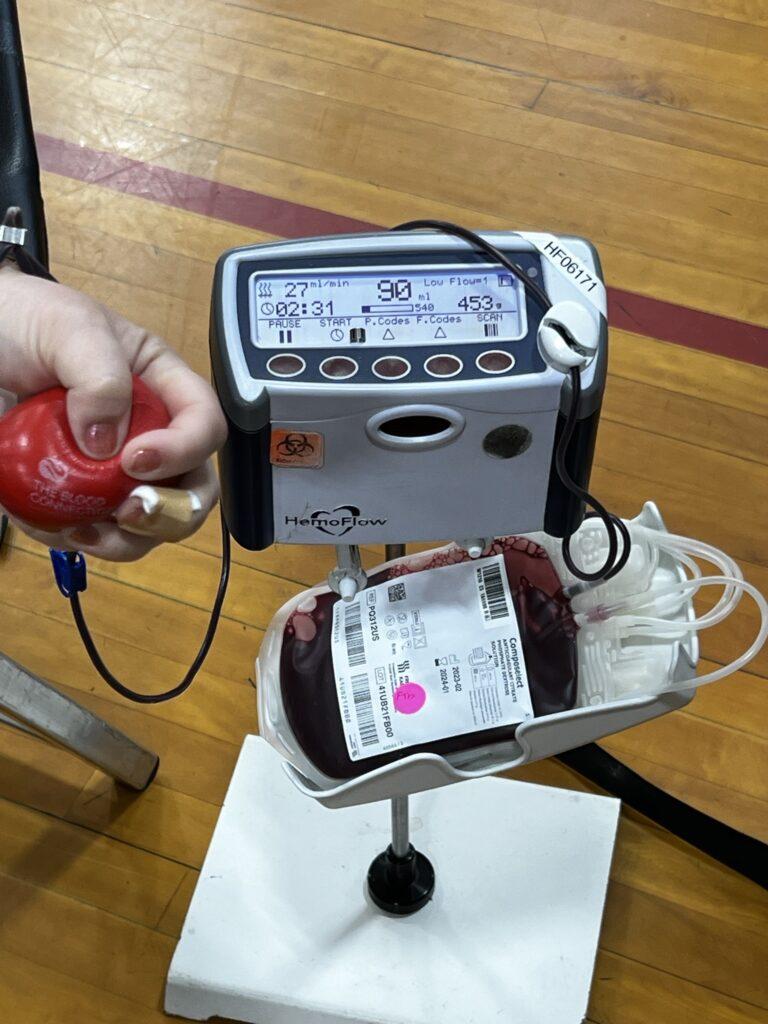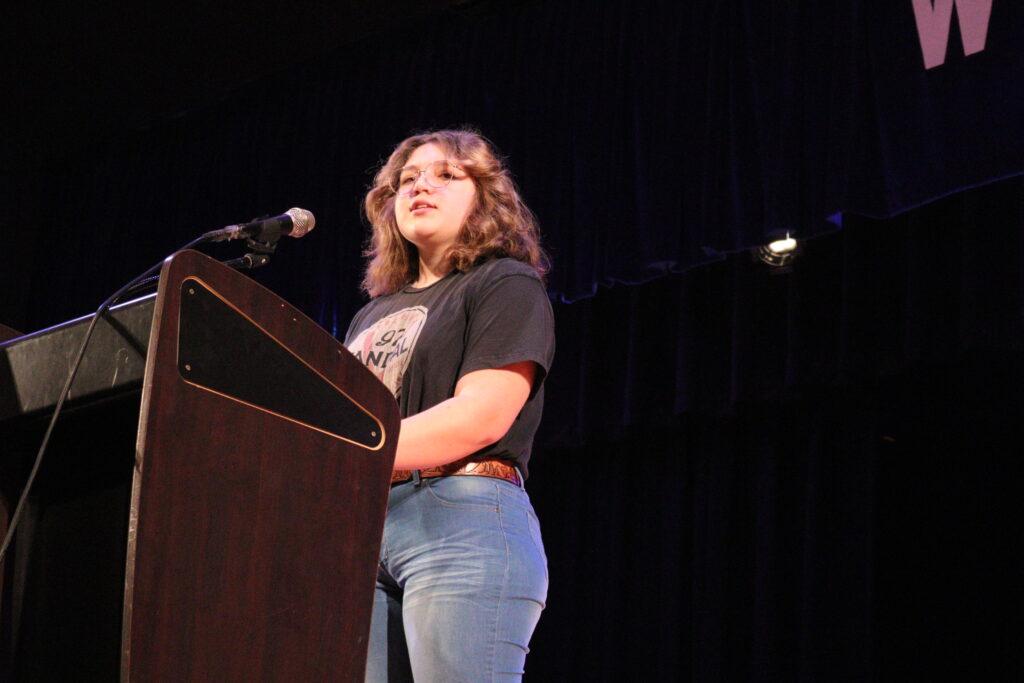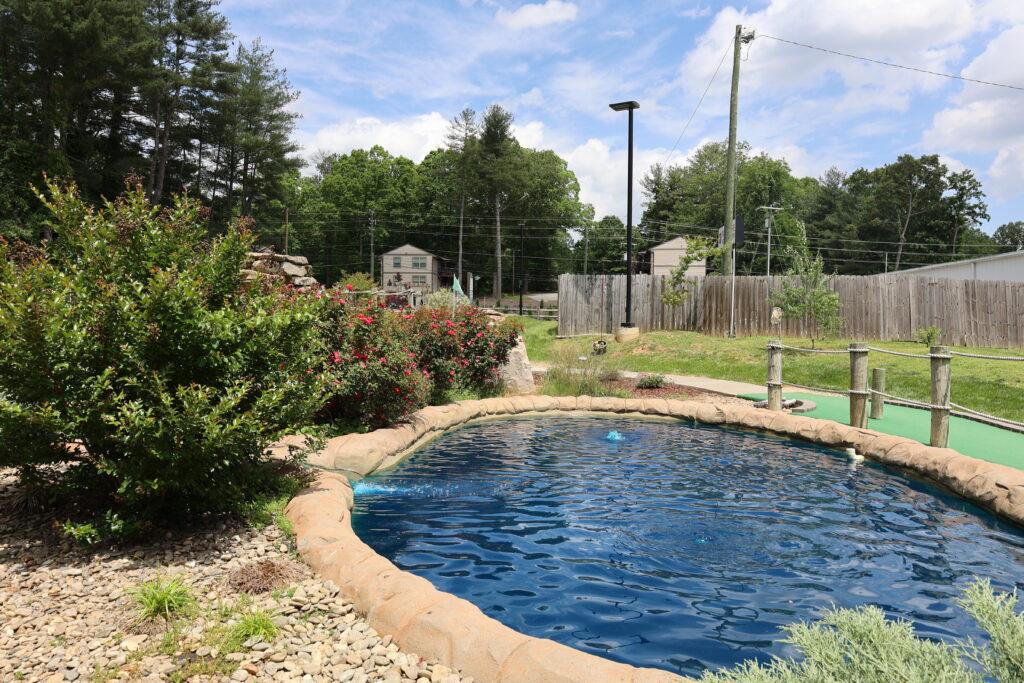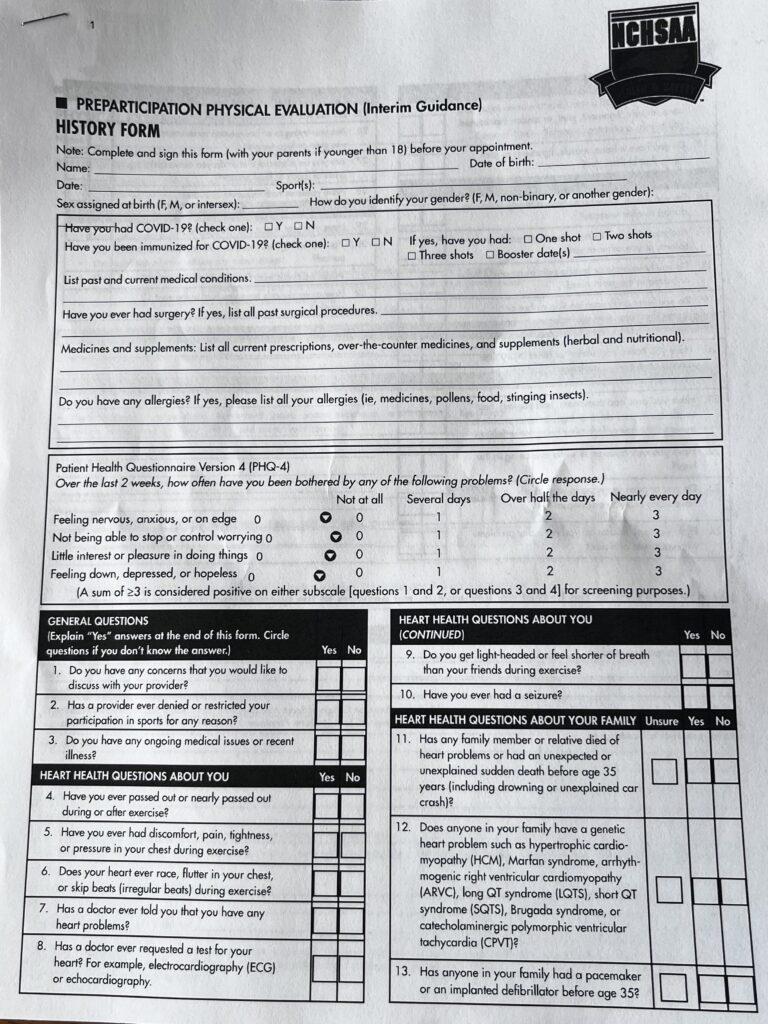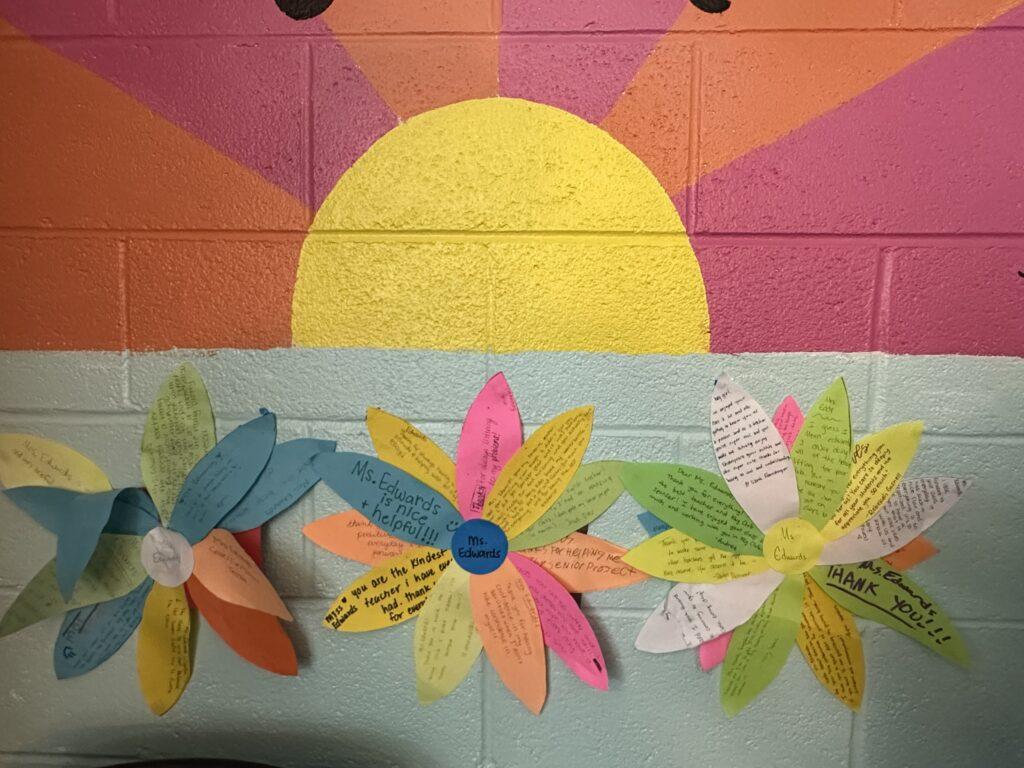Juniors across the country spend their high school years imagining their perfect senior year. They are about to graduate high school and head off to their future.
For many of them, that means applying to colleges and universities to further their education and prepare for a career. It seems like a fun process: touring campuses, meeting new people, picking a school that feels “just right.”
But for a lot of students planning on higher education, there is much more than that to picking a college. The variety of programs offered and the price of tuition for their dream colleges can sometimes lead them to a cheaper alternative: community colleges.
“I was drawn to community college because I’m going into nursing,” senior Katelyn Earley, a future AB Tech or Blue Ridge Community College student, said. “Most community colleges have good technical programs, and they’re career-oriented so it’s less time in school and more hands-on opportunities.”
If President Barack Obama has his way, community colleges may have yet another attractive benefit. During his 2015 State of the Union Address, Obama proposed the idea that the first two years of community college should be free across the country.
It is predicted that by the end of this decade, two in three jobs will call for higher education. Yet there are many students across the country who do not get the opportunity to pursue the education they need because of the escalating cost of the four-year universities.
“In a 21st century economy that rewards knowledge like never before, we need to do more. That’s why I am sending this Congress a bold new plan to lower the cost of community college — to zero,” President Obama said in his State of the Union Address in January. “We still live in a country where too many bright, striving Americans are priced out of the education they need. It’s not fair to them, and it’s sure not smart for our future.”
According to the American Association of Community College, 40 percent of college students in the United States currently attend community college. Many of these students are just starting out, but others are seeking new skills to help them transition into a new job. This proposal would give these students a chance to graduate without debt.
“I think it would be really great if free community college actually goes into place,” senior Katie Kennedy, a future student at the University of North Carolina at Chapel Hill said. “It makes college a lot more affordable for some kids and even those who could have easily afforded college anyway. It’s a really good choice to help you save money.”
However, this policy does not guarantee free education for all college students. Obama’s proposal would require students to maintain a 2.5 GPA, attend school at least part-time and progress to finish their degree.
Some educators feel the proposal might cause the quality of education in community colleges to decrease with the influx of students while others argue that it might attract more students driven to attend universities.
“With more higher level kids who opted out of paying the first two years of university I think it might make it better in that case because those kids aren’t going to want a subpar education,” Kennedy said. “I think it would take a lot of discipline from the teachers and the administration of the community college.”
President Obama modeled his plan after policies that were put in place last year in Tennessee and Chicago. Reducing the cost of higher education is just one benefit. The programs in Tennessee and Chicago focus on close monitoring of student progress, careful alignment of courses to job requirements and higher quality programs of study.
“Tennessee, a state with Republican leadership, and Chicago, a city with Democratic leadership, are showing that free community college is possible,” Obama said. “I want to spread that idea all across America, so that two years of college becomes as free and universal in America as high school.”
Bill Haslam, governor of Tennessee, proposed the “Tennessee Promise” program in 2013. According to the Inner Higher Education, the state has signed up more than 90 percent of it’s roughly 60,000 high school graduates from 2013 for a new community college scholarship.
“The numbers of students enrolling in community colleges has skyrocketed in Tennessee,” Lisanne Masterson, the director of financial aid at Blue Ridge Community College said. “It’s giving students a chance to get the first two years of successful college behind them and go on.”
It is estimated the proposal would cost the federal government about $6 billion dollars per year, with federal funding covering 75 percent of the tuition. States that participate would be expected to pick up the other 25 percent.
By Sophia Molina


